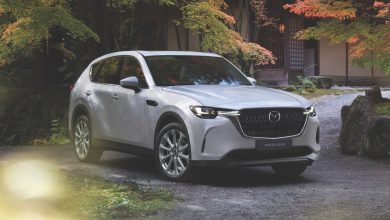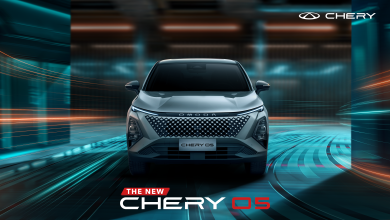BYD Seal Updated With 800 V EV Architecture And LIDAR Tech
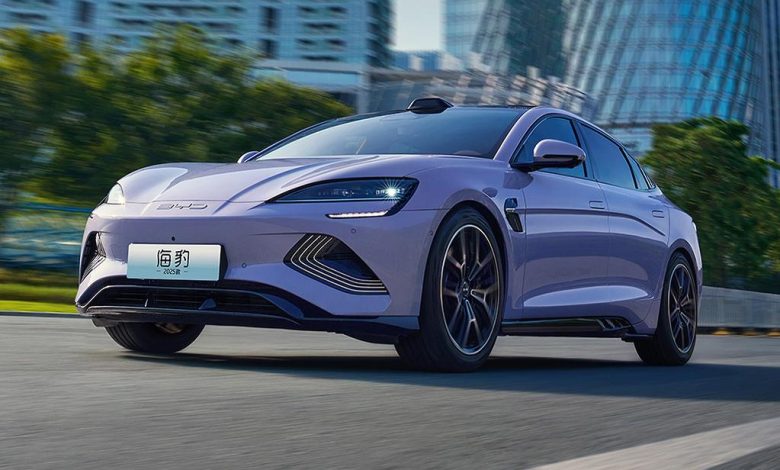
This new higher-voltage BYD Seal can now apparently charge from 10-80% in just 25 minutes.
BYD has recently launched an updated version of its Seal, which has brought with it a number of rather neat under-the-hood improvements on its samey-looking body. These changes include a new 800 V electric architecture, a LIDAR sensor and a redesigned cabin.

Starting with its new higher-voltage EV architecture first, this electrical upgrade from the existing 400 V system is touted to see the Seal’s 10-80% fast charging time go down from its previously quoted 37 minutes now to just 25 minutes. BYD has however yet to officially confirm whether this new EV has increased its DC input cap of 150 kW, nor has it commented on whether there are any improvements made to its AC charging speed.
What it has nevertheless stated is for this new 800 V electrical architecture to now enable the fitment of an uprated adaptive damping control system, which are to be fitted on the flagship dual-motor variants of this EV. This newly-updated Seal also rides on an upgraded chassis featuring BYD’s DiSus-C Intelligent Damping Body Control System, that is said to ‘improve suspension, stability, comfort and handling’.

Now the other big change with this updated Seal here is the addition of a roof-mounted lidar sensor, a first incidentally for BYD sedans. This new accessory is currently claimed to bring a significant upgrade to its advanced driver assistance systems (ADAS), with its adaptive cruise control and automated parking tech being highlighted by its maker as among the areas that has seen the biggest improvements from this bit of kit.
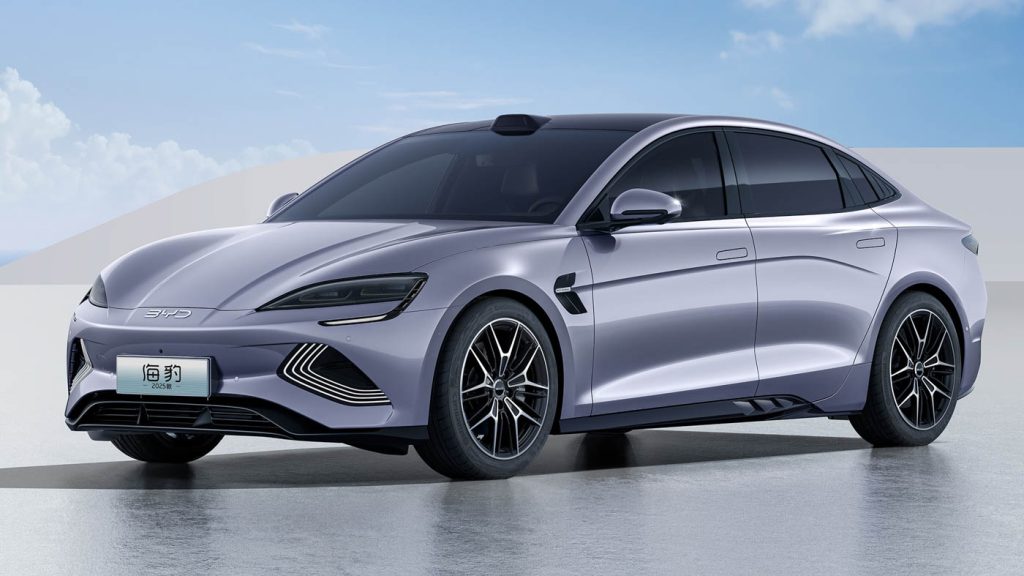
Moving onto the other more minor tweaks meanwhile, the updated Seal nets a new steering wheel with a flat bottom and leather upholstery across its boss. The dashboard’s flowy design has since also been replaced in favour of a cleaner flat panel, where its central vents are relagated to the head of its newly matte grey (previously piano black) centre console.
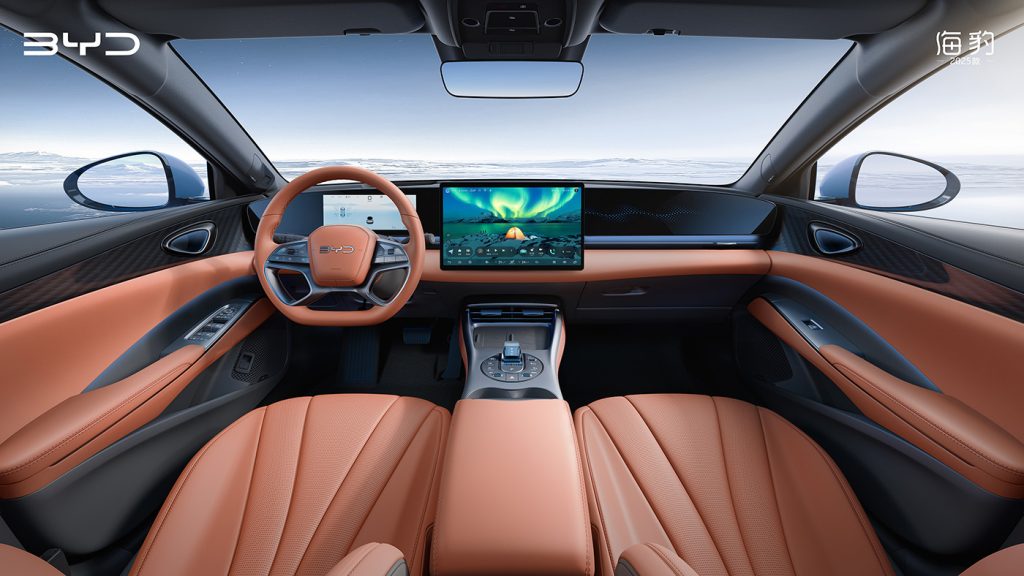
As for the changes on the outside, this updated Seal gains a new light purple exterior finish to contrast nicely with its new Coral Orange interior hue. A set of new rim designs has been included as part of its subtle redesign as well, in addition to the addition of a luminous red BYD logo round its rump that supposedly now acts as its third brake light.

Overall dimensions of the updated Seal remain unchanged at 4,800 mm long, 1,875 mm wide, and 1,460 mm tall with a wheelbase of 2,920 mm. Its choice of single-motor and dual-motor powertrains also remain unchanged in terms of its power and torque figures from before, though now it features a new 1,200 V SiC control system from being based upon the uprated e-Platform 3.0 Evo (over the e-Platform 3.0 of the outgoing model).
One other interesting tid-bit worth highlighting regarding this updated Seal is for its larger capacity drive battery to have seemingly shrunk somewhat from this refresh, dropping from 82.5 kWh to 80.64 kWh. This in turn thus sees for a slight trimming of its maximum CLTC-claimed range to drop by some 9% from 700 km to 650 km, with no rationale yet to be provided by BYD on why it opted for a downsize the largest-available battery pack option.
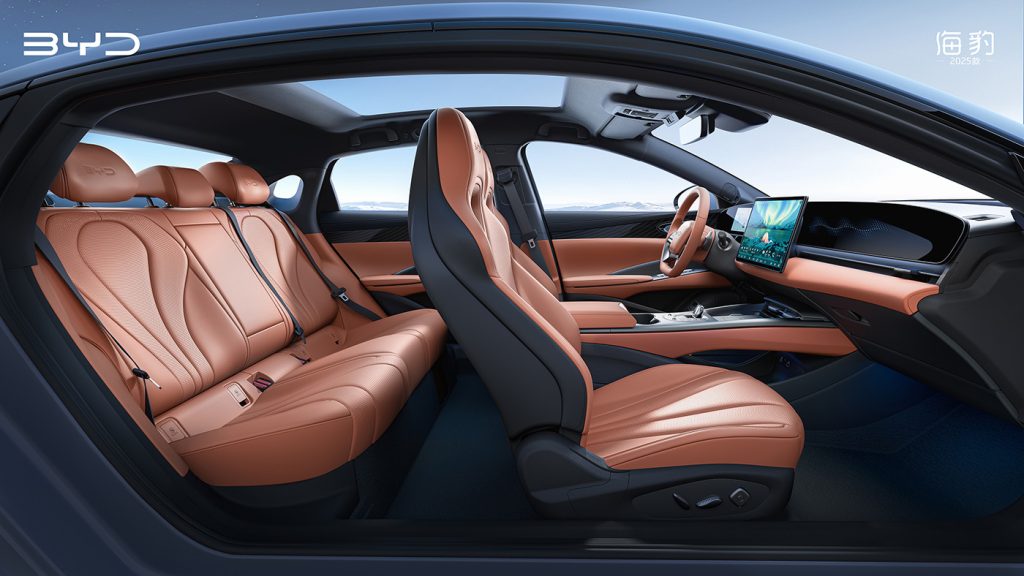
The updated Seal is currently already on sale in its home market of China, with there likely plans for an international rollout within the coming months. This particular BYD is incidentally the top-selling EV model in Malaysia for the past four consecutive months now, and it is all but certain that this slew of minor improvements from this refresh will only strengthen its appeals to Malaysians.

